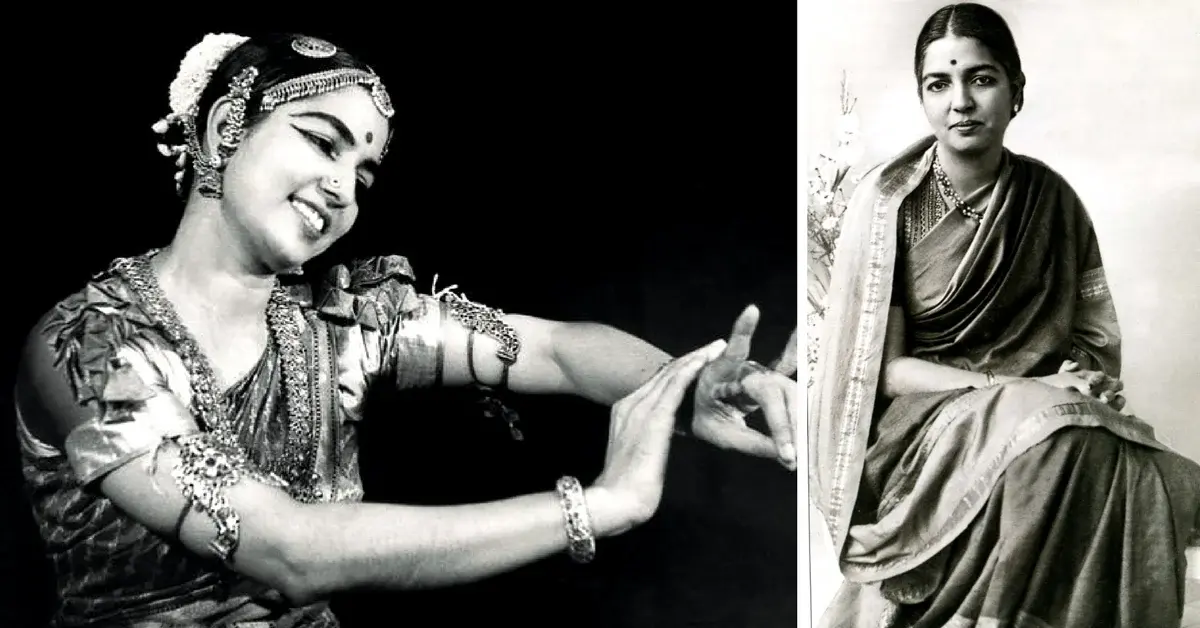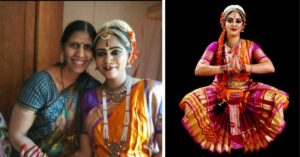This Indian Bharatnatyam Legend Chose Her Love for Dance Over An Offer to Be India’s President
Rukmini Devi Arundale wanted to transform the way people looked at Bharatnatyam, a dance form which was once performed only by devadasis. She and her husband established a dance and music academy called Kalakshetra at Adyar near Chennai to encourage others to learn such art forms.

Did you know that Rukmini Devi Arundale, the legendary Bharatnatyam dancer, was once offered the opportunity to become the president of India?
As shocking as it might sound, the dancer humbly refused so as to pursue her passion for dance. Here is her story.
Born on 29 February, 1904, into a Brahmin family in Madurai, Rukmini was one of eight children of Nilakanta Sastri and Seshammal. At the age of 16, she fell in love with an educator, theosophist, and Annie Besant’s trusted lieutenant, George Arundale, whom she married in 1920.
The couple travelled across the world, and on one of her travels on a ship to Australia, she met with legendary ballerina Anna Pavlova. It was at Pavlova’s request that she began learning ballet. Pavlova had also advised Rukmini to encourage the dancer within her by seeking inspiration in classical Indian dance forms.
This led Rukmini on a path of learning, practising and promoting Bharatnatyam — an art form which was only performed by devadasis (women ritually “dedicated” to the service of a temple for the rest of their lives) back then.
In January 1936, Rukmini and her husband established an academy of dance and music called Kalakshetra at Adyar near Chennai. Based on the principles of the ancient Indian Gurukul system, they included a high school, a senior secondary school, and an art academy where music and dance were often taught under sprawling trees. If you found our stories insightful, informative, or even just enjoyable, we invite you to consider making a voluntary payment to support the work we do at The Better India. Your contribution helps us continue producing quality content that educates, inspires, and drives positive change. Choose one of the payment options below for your contribution- By paying for the stories you value, you directly contribute to sustaining our efforts focused on making a difference in the world. Together, let’s ensure that impactful stories continue to be told and shared, enriching lives and communities alike. Thank you for your support. Here are some frequently asked questions you might find helpful to know why you are contributing?

In the following decades, she also started to perform the dance publicly to reduce the taboo around it. She went on to become one of India’s most celebrated dancers and the first revivalist of Indian classical forms. In 1956, she was awarded the Padma Bhushan and in 1967, she received the Sangeet Natak Akademi Award.
Edited by Pranita Bhat
This story made me
-
97
-
121
-
89
-
167












